1910-1912 Sweet Caporal Pin - Devore/Josh Devore (Giants)
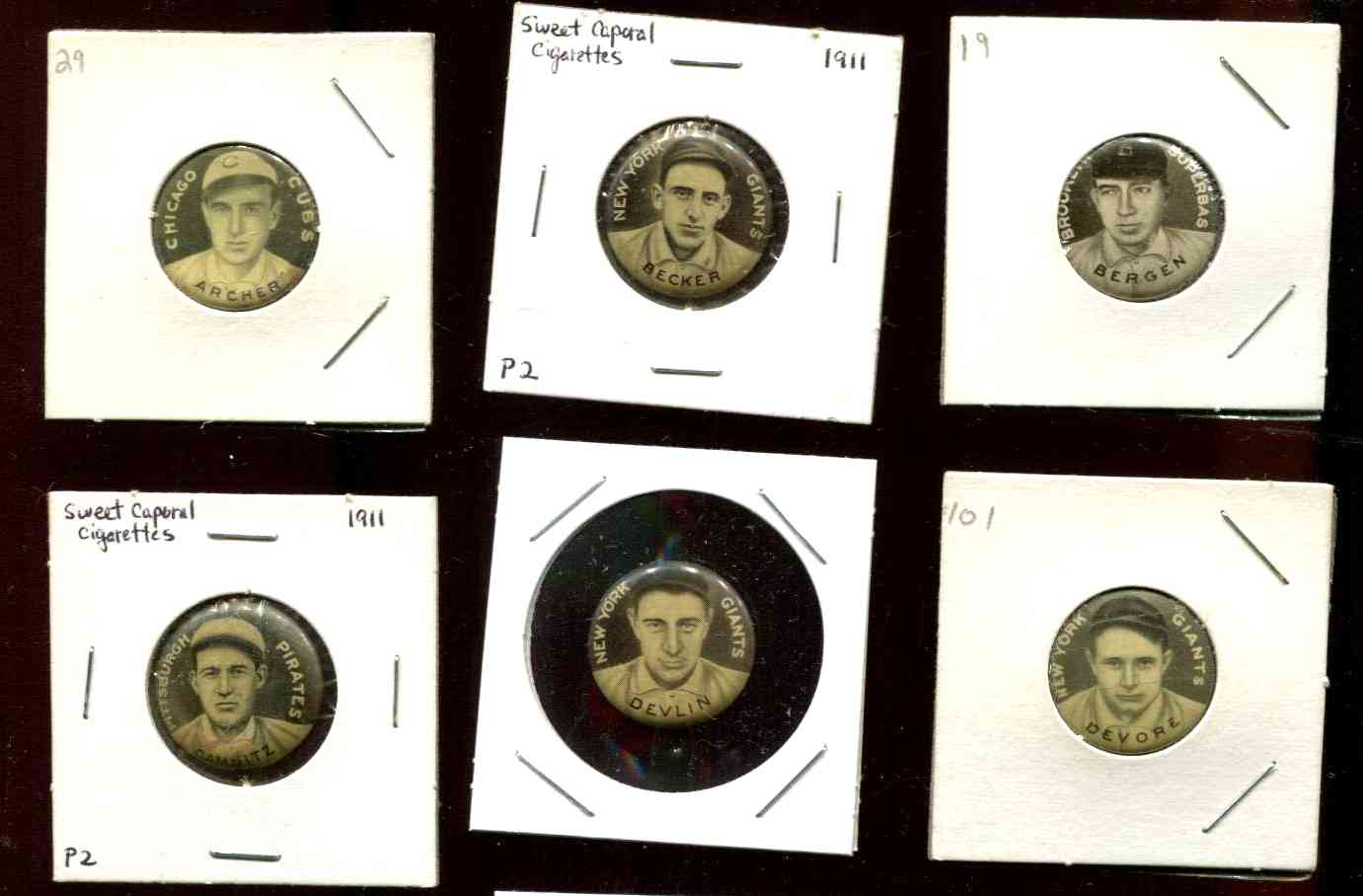

Please wander around the website for more info, prices, values & images
on vintage baseball, football, basketball, hockey, sport and non-sports cards.
Auction Regulating Agencies
Today, most auction websites, companies, auction houses and auctioneers
are very reliable.
My auctions offer not just baseball but also football, basketball, non-sports & comics.
... but ... In case you have a problem with your auction website, company, auction house, or auctioneer, there are agencies out there that can help you.
• National Auctioneers Association ( web: auctioneers.org ) |

1970/1972/1973 Topps Candy Lids |

O-Pee-Chee (OPC) based in Ontario Canada, is mostly thought of as the Canadian version of Topps but it actually pre-dates Topps by many years.
In 1933, OPC issued their first sports card set, the V304 Hockey cards and is currently in the tens of thousands. Their first baseball set was issued in 1937. It was similar to the 1934 Goudeys and Batter-Ups and the top player was Joe Dimaggio.
O-Pee-Chee created baseball card sets similar to TOpps from 1965 into the 1990's. At first OPC sets were much smaller than Topps and included just the first few series. Fronts & backs were nearly identical but with a small "Printed in Canada" on the back and the card stock was slightly different.
Baseball being much less popular in Canada, OPC print runs of their early years were between 1% and 10% of Topps making them exceedingly scarce !!!
Starting in 1970, Canadian legislation demanded all items produced in Canada
carry both French & English so OPC baseball cards became bilingual with both
languages included.
Other OPC differences include:
1971, OPC even changed the back design to a much more
interesting back and also offered 14 different card photos not in the Topps set.
1972 OPC included a card of Gil Hodges mentioning his death that was
not a part of the Topps set.
1974 OPC did not include any "Washington Nationals" variations.
1977 the card format remained like Topps but almost 1/3 of the OPC set had
different poses/images than Topps.
In late 1970's, OPC card fronts appeared similar to Topps but sometimes
included traded information saying "Now with XXXX". They were able to do
this as the OPC cards were printed much later into the season.
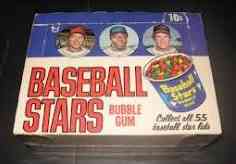
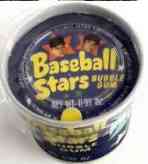 Topps has tried many crazy products, called "test issues".
Mostly distributed in limited areas, test issues were scarce.
"Candy Lids" were little tubs of candy with player's photos on
bottom of a 1-7/8" lid. 10 cents/tub, 24 tubs/box.
Topps has tried many crazy products, called "test issues".
Mostly distributed in limited areas, test issues were scarce.
"Candy Lids" were little tubs of candy with player's photos on
bottom of a 1-7/8" lid. 10 cents/tub, 24 tubs/box. 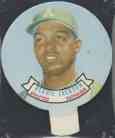
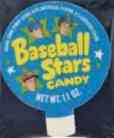
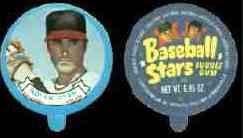 1970 Topps Candy Lids were called "Baseball Stars Bubble Gum",
had 24 players, the 1973 Topps Candy Lids had 55.
1970 Topps Candy Lids were called "Baseball Stars Bubble Gum",
had 24 players, the 1973 Topps Candy Lids had 55. 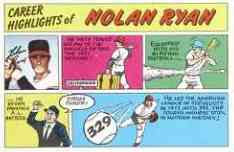 Topps 1973 Pinups & Comics share many of the same photos.
Topps 1973 Pinups & Comics share many of the same photos. 